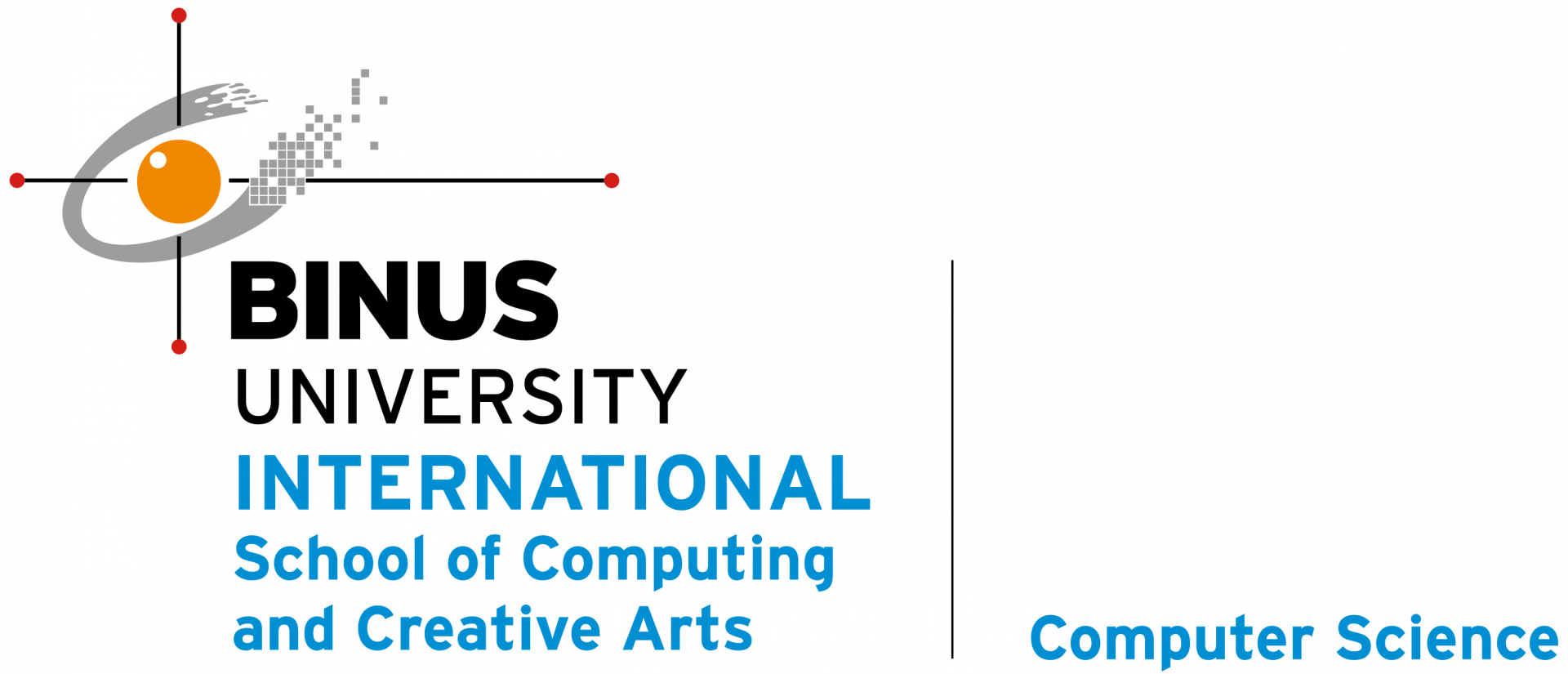Middleware for Pervasive Computing Systems
By: Dr. Maria Seraphina Astriani
Pervasive application often relies on some middleware support.
It is more desirable to extract the common requirements from different applications and provide the desired functionality from a middleware layer, which hides the complexity and heterogeneity of underlying hardware and network platforms.
The pervasive middleware primarily addresses issues from high-level applications on one hand while dealing with the complexity of operating underlying devices, networks, and platforms on the other.
The Five Layer – IoT Architecture
The operations of pervasive middleware are realized by heterogeneous underlying
- devices,
- networks,
- and platforms.
In practice, these operations are also constrained by physical resources, such as low computation capability and insufficient battery supply
There have been a number of pervasive middleware system:
- Gaia
- Aura
- PICO/SeSCo
- CORTEX
- Scenes
These middlewares provide different abstraction and system support for applications
- Example: Gaia provides user authentication and access control as security mechanism
- Example: Gaia, Aura, and CORTEX have context management
The functionality of the middleware layer:
- Resources Management
- User Tracking
- Context Management
- Service Management
- Data Management
- Security Management
References:
- Guo, M., Zhou, J., Tang, F., & Shen, Y. (2016). Pervasive computing: concepts, technologies and applications (1st ed.). CRC Press
- Resmini, A., & Rosati, L. (2011). Pervasive information architecture: designing cross-channel user experiences (1st ed.). Elsevier.


